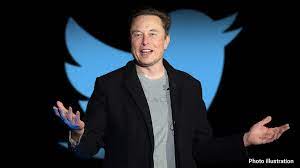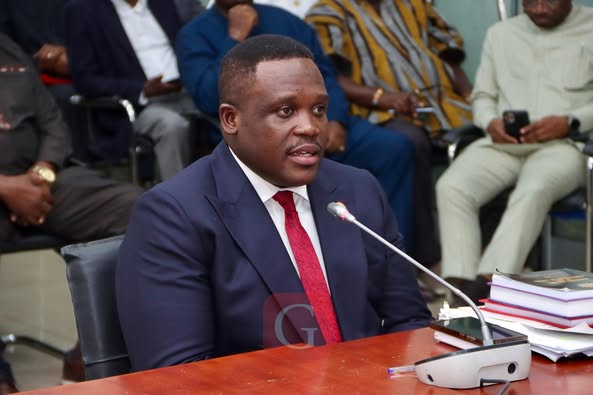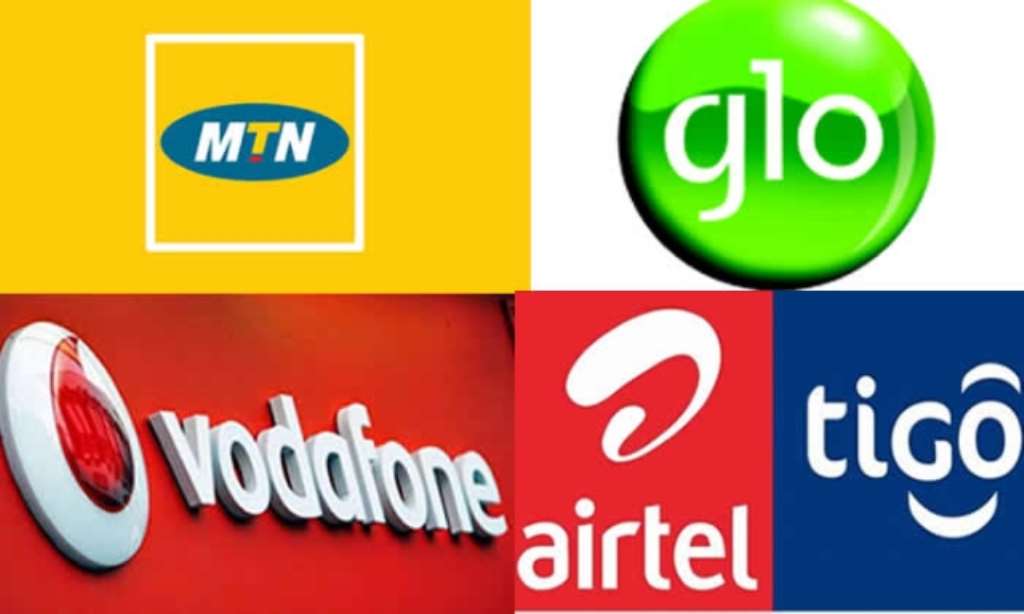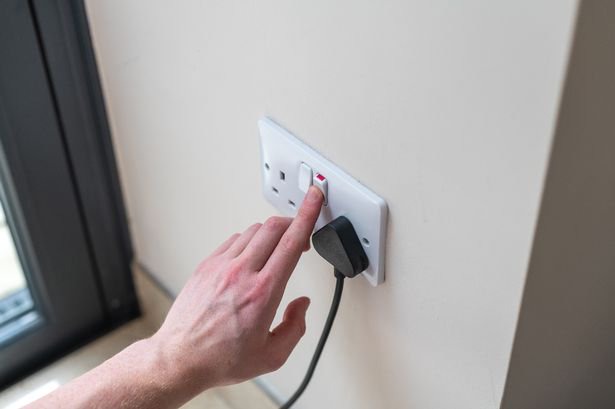
Twitter has applied a temporary limit to the number of tweets users can read in a day, owner Elon Musk has said.
In a tweet of his own, Mr Musk said unverified accounts are now limited to reading 600 posts a day.
For new unverified accounts, the number is 300. Meanwhile, accounts with “verified” status are currently limited to 6,000 posts a day.
Mr Musk said the temporary limits were to address “extreme levels of data scraping and system manipulation”.
He did not explain what was meant by system manipulation in this context. Data scraping refers to a process that sees information pulled out of a website and imported into another programme.
“We were getting data pillaged so much that it was degrading service for normal users,” Mr Musk explained on Friday, after users were presented with screens asking them to log in to view Twitter content.
The move was described as a “temporary emergency measure”.
In another update, Mr Musk said “several hundred organisations (maybe more) were scraping Twitter data extremely aggressively”.
He later indicated there had been a burden on his website, saying it was “rather galling to have to bring large numbers of servers online on an emergency basis”.
A server is a powerful computer that manages and stores files, providing services such as web pages for users.
According to the website Downdetector – which tracks online outages – a peak of 5,126 people reported problems accessing the platform in the UK at 16:12 BST on Saturday.
In the US, roughly 7,461 people reported glitches around the same time.
After announcing the initial reading limits on Saturday, Mr Musk added that the reading limits would “soon” rise to 800 tweets per day for unverified accounts, 400 for new unverified accounts and 8,000 for verified accounts.
Signalled by a blue tick, “verified” status was given for free by Twitter to high-profile accounts before Mr Musk took over as its boss.
Now, most users have to pay a subscription fee from $8 (£6.30) per month to be verified and can gain the status regardless of their profile.
Some high-profile accounts have a verification badge despite not paying for it, although many temporarily lost their blue tick badges back in April.
Mr Musk bought the company last year for $44bn (£35bn) after much back and forth. He was critical of Twitter’s previous management and said he did not want the platform to become an echo chamber.
Soon after taking over, he cut the workforce from just under 8,000 staff to about 1,500.
In an interview with the BBC, he said that cutting the workforce had not been easy.
Engineers were included in the layoffs and their exit raised concerns about the platform’s stability.
But while Mr Musk acknowledged some glitches, he told the BBC in April that outages had not lasted very long and the site was working fine.
Source: BBC




